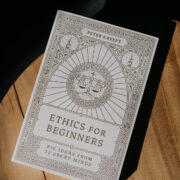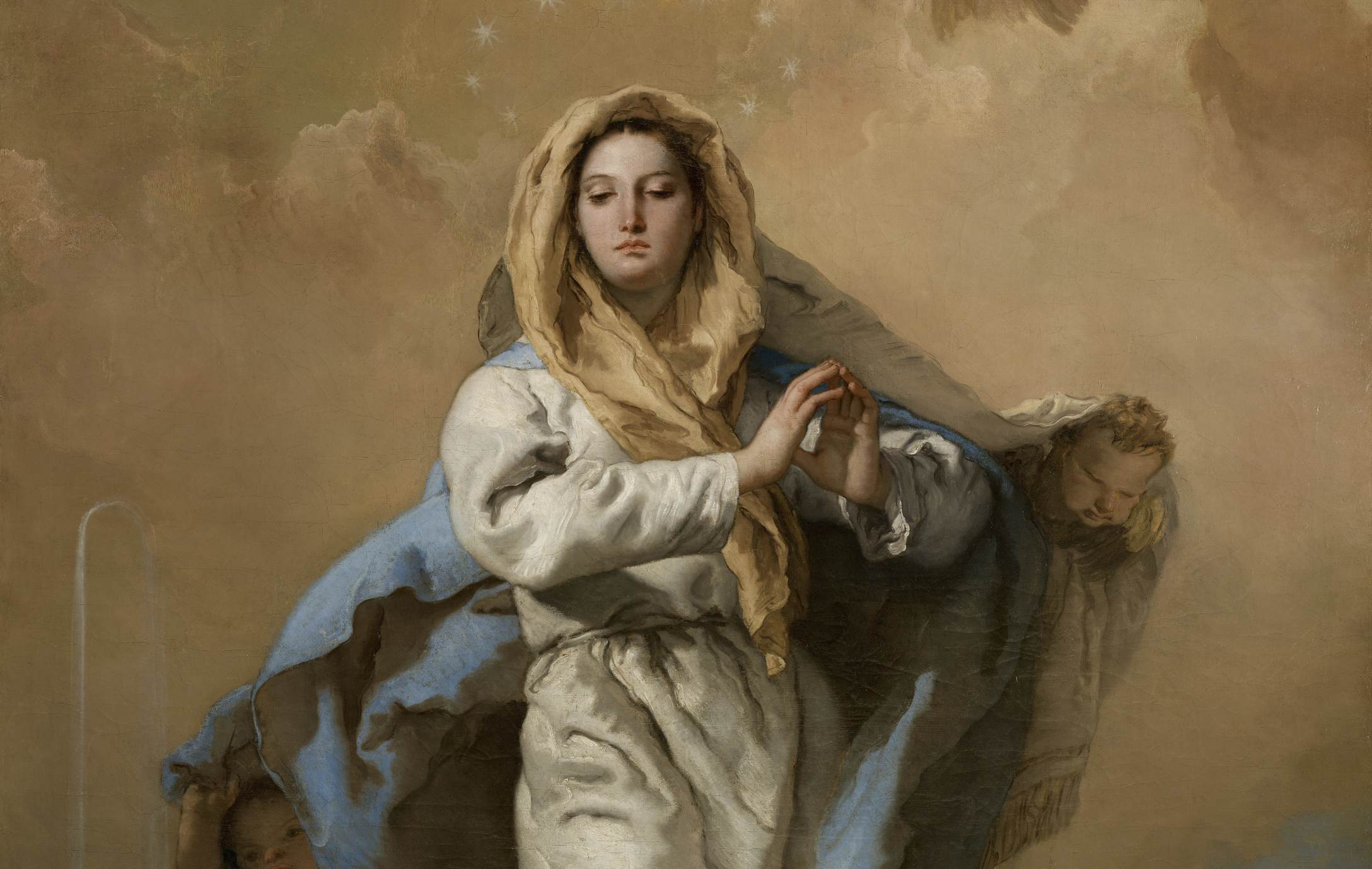Metallic elements such as copper and gold are excellent conductors of electricity. Their conducting capacity is directly proportionate to their purity: the purer these metals are, the better conductors they become. On the other hand, impurities slow down the flow of current and cause resistance.
This simple analogy from the natural world invites us into the mystery of the Immaculate Conception of Mary whose feast day we celebrate today. Often confused with the conception of Jesus and historically an ecumenical sticking point, when it is understood in terms of the identity of Jesus and the role of Mary as an archetype of the whole Church, the dogma becomes like a window through which we see the beauty of a human life radiant with God’s grace and united to him in love.
First, the Immaculate Conception certainly has to do with Mary and her unique vocation as mother of the Savior and her being “enriched by God with gifts appropriate to such a role” (Lumen Gentium, 56). In the language of the original pronouncement by Pope Pius IX in 1854, Mary was preserved from original sin by “a singular grace and privilege of Almighty God and by the merits of Jesus Christ” (Catechism of the Catholic Church, 491). In the language of the Church Fathers, just as Eve, the mother of all the living, was created immaculate by God before the fall, so Mary, the New Eve and mother of all Christians, was created immaculate too and remained so throughout her entire life. In the words of the angel Gabriel, she was “full of grace.” Unlike Eve (and Adam), Mary’s human nature remained without sin for sin was never part of human nature to begin with. Sin corrupts human nature whereas God’s grace sustains it and makes it radiant with the beauty God intends. Therefore, today’s feast day is a time to honor Mary as someone uniquely gifted with a special grace that prepared her to be a sinless vessel from whom her sinless son would be born.
Evil is always poisonous, it does not uplift human beings but degrades and humiliates them.
Yet as an archetype, we find in Mary the essence of the whole Church, as she points us towards lives of holiness and what that means. She is the one who encourages us to “present ourselves blameless in the sight of the Lord, as he wanted us from the very beginning” (cf. Col. 1:21; Eph. 1:4). The best explanation I have ever read of this wider and ecclesial significance of the Immaculate Conception, was given by the late Pope Benedict XVI on December 8, 2005. Typically, he grounded his reflection in the human condition and observed how all of us are tainted with “this drop of poison called original sin.” The effect of this poisoning, he claims, is to somehow think that sin is inevitable “at least a little, that we need it, in order to experience the fullness of being. . . . We think that a little bargaining with evil, keeping for oneself a little freedom against God, is basically a good thing, perhaps even necessary.”
We can all recognize ourselves in this type of deal-making and double-thinking. We want to be at rights with God, but we fear coming too close to him out of fear of what he might ask us to surrender. Therefore, we cut ourselves some slack and live a life of mediocrity with our spiritual lives cooling to lukewarm at best. Another way of describing this dynamic is to rationalize to ourselves that ‘I am a sinner’ and that I will inevitably sin. Yes, we indeed are sinners, but such an admission can be a mask for absolving ourselves of responsibility for the sins we commit and exposes our weak commitment to living a life of holiness.
Again, Pope Benedict nails it with crystal clarity: “Evil is always poisonous, it does not uplift human beings but degrades and humiliates them. It does not make them any the greater, purer or wealthier, but harms and belittles them.” He then turns to the theme of human freedom which he identifies as the root of our fears in letting ourselves grow closer to God, nervous that we might have to surrender it. He teaches:
“This is something we should indeed learn on the day of the Immaculate Conception: the person who abandons himself totally in God’s hands does not become God’s puppet, a boring ‘yes man or woman’; he does not lose his freedom. Only the person who entrusts himself totally to God finds true freedom, the great, creative immensity of the freedom of good. The person who turns to God does not become smaller but greater, for through God and with God he becomes great, he becomes divine, he becomes truly himself.”
Here the Holy Father identifies the struggle of our age and a sticking point for the possibility of belief for many—if I believe in the Christian God, I must surrender some of my freedom. But as today’s feast day suggests with the example of Mary, “If we let Christ into our lives, we lose nothing, nothing, absolutely nothing of what makes life free, beautiful and great. No! Only in this friendship are the doors of life opened wide. Only in this friendship is the great potential of human existence truly revealed. Only in this friendship do we experience beauty and liberation” (Pope Benedict XVI, Homily at Mass for Beginning of his Petrine Ministry, 24th April 2005).

But in the words of Mary herself to Gabriel, we too might ask: “How can this be?” (Luke 1:34). How can we be less fearful of losing something and learn to live in a deeper and trusting friendship with the Lord? How can I learn to be more intolerant of sin in my life and discover the beauty of holiness? The answer takes us back to the mystery and nature of love. For if we believe in God’s love for us, then we trust that God will renew our freedom and joy. And because his love is close and accessible, its action calms our fears. In the beautiful words of St. John Chrysostom:
“Just as heat makes things expand, so it is the gift of love to stretch hearts wide open. It is a warm and glowing virtue . . . [f]or he who is loved wanders in the inmost heart of the lover without any fear” (Homilies on the 2nd Letter to the Corinthians, 13.1-2).
As someone whose immaculate and inmost heart was flooded by the love of God, Mary stands before us as a sign of comfort, encouragement, and hope. As electrical current flows better through certain metals that are pure, so too do we become more effective conduits of God’s grace and power the less sin is part of our lives. Herein lies the adventure of a lifetime, to detest sin, love holiness, and embrace the beauty that flows from a soul in love with God—the same beauty we see in Mary.
I conclude with the words of Pope Benedict from that wonderful reflection he left the Church on the feast of the Immaculate Conception in 2005 as he imagines Mary saying to us:
“Have the courage to dare with God! Try it! Do not be afraid of him! Have the courage to risk with faith! Have the courage to risk with goodness! Have the courage to risk with a pure heart! Commit yourselves to God, then you will see that it is precisely by doing so that your life will become broad and light, not boring but filled with infinite surprises, for God’s infinite goodness is never depleted!”
O Mary conceived without sin, pray for us who have recourse to thee!
